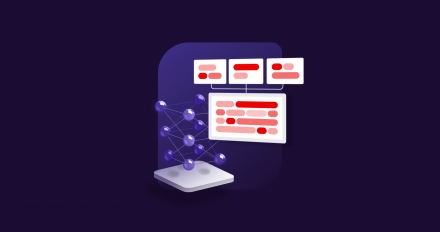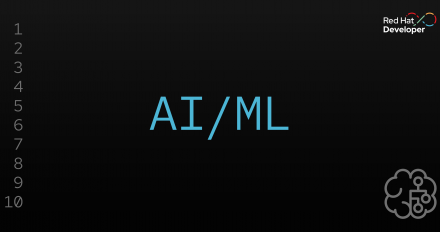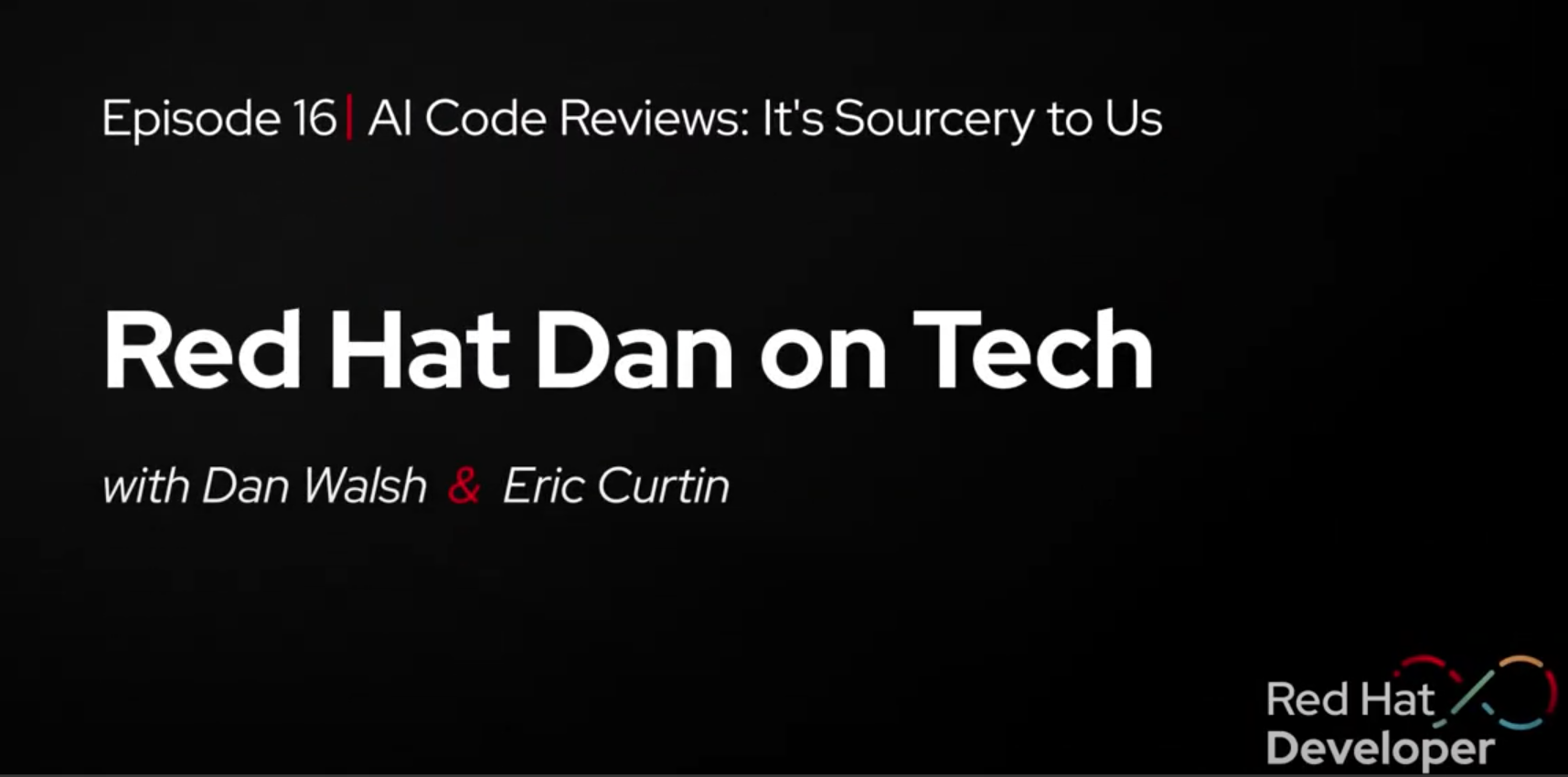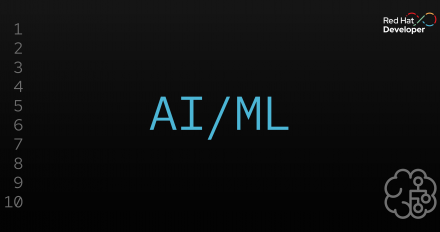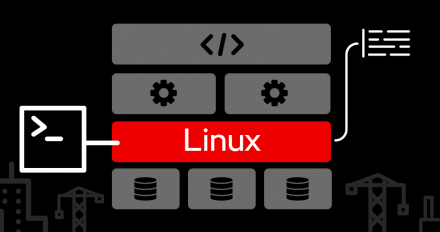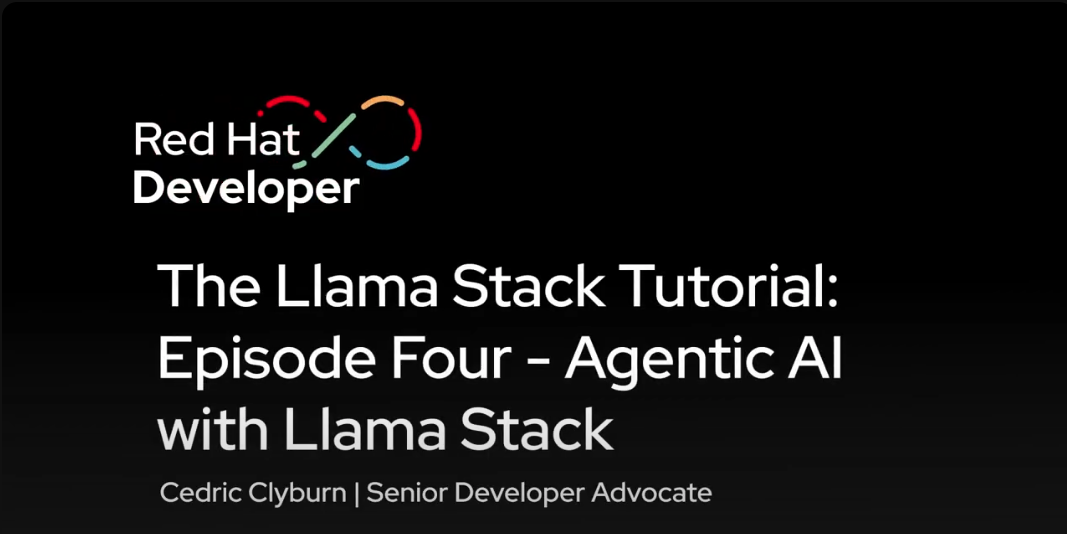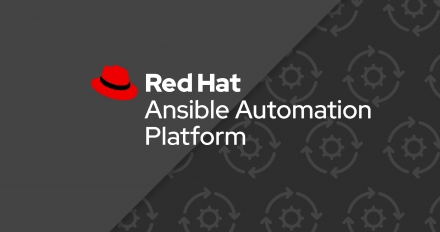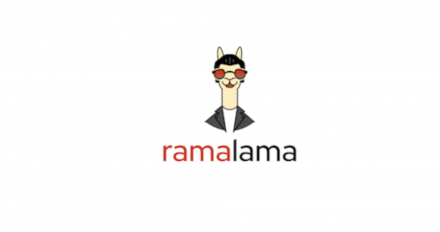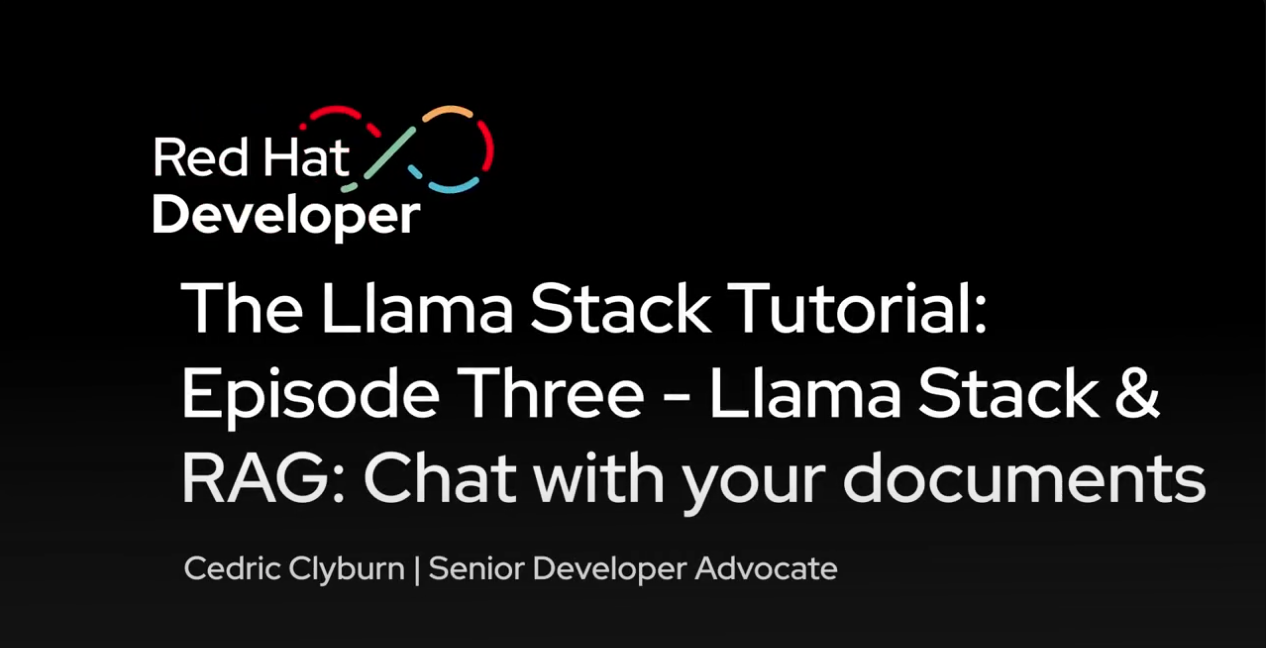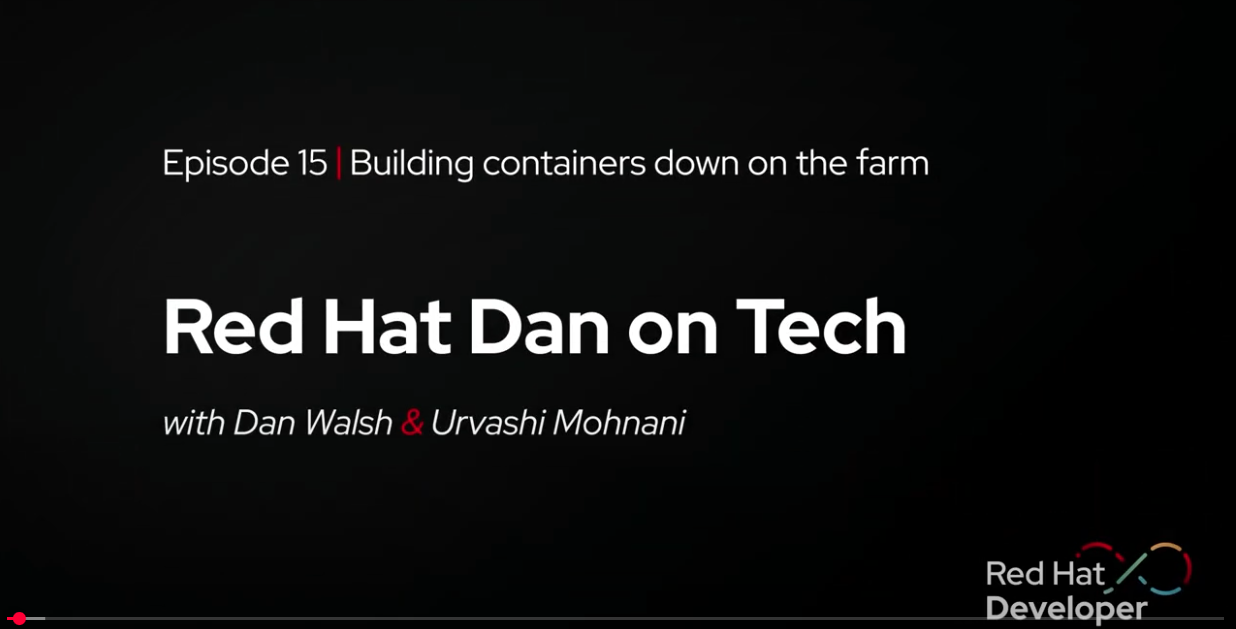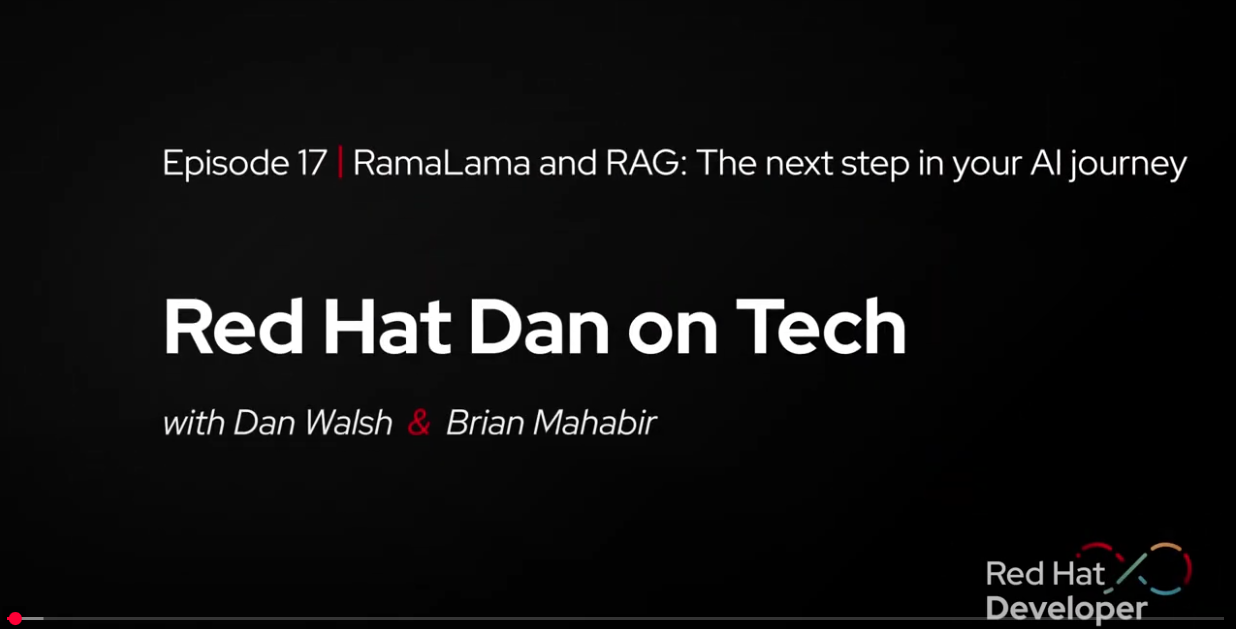AI agents are where things get exciting! In this episode of The Llama Stack Tutorial, we'll dive into Agentic AI with Llama Stack—showing you how to give your LLM real-world capabilities like searching the web, pulling in data, and connecting to external APIs. You'll learn how agents are built with models, instructions, tools, and safety shields, and see live demos of using the Agentic API, running local models, and extending functionality with Model Context Protocol (MCP) servers.Join Senior Developer Advocate Cedric Clyburn as we learn all things Llama Stack! Next episode? Guardrails, evals, and more!
